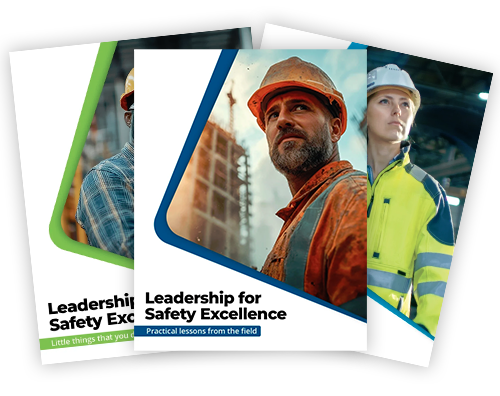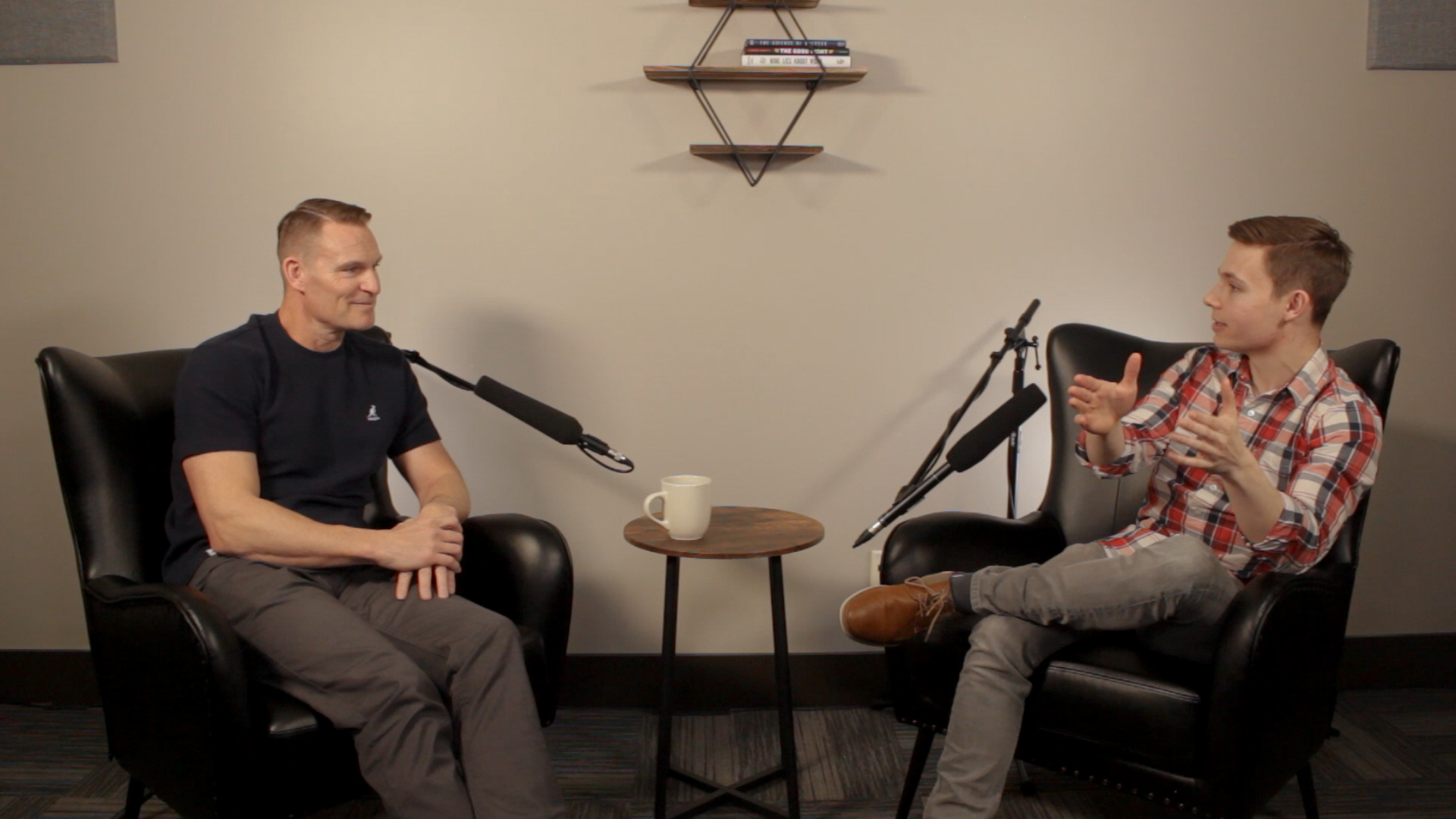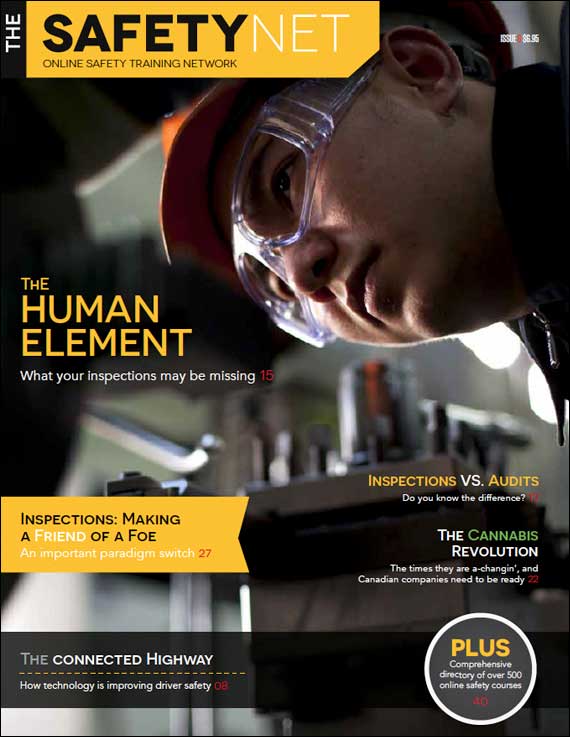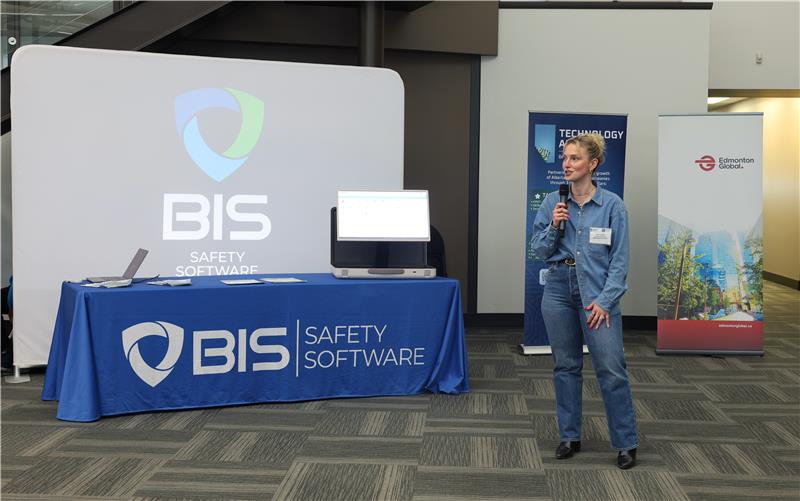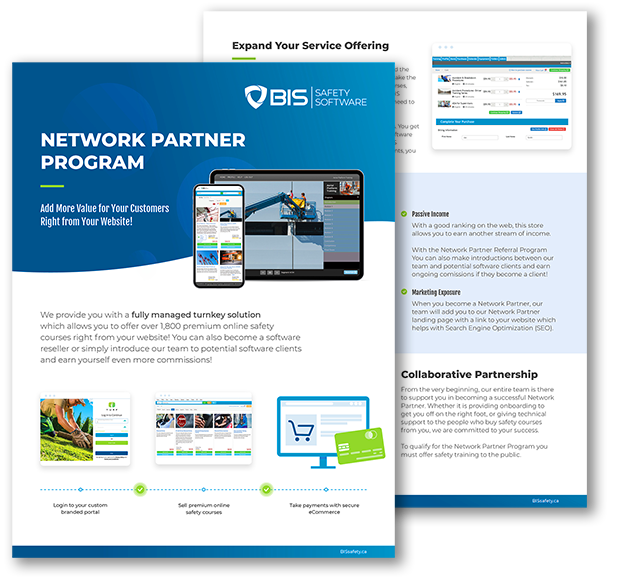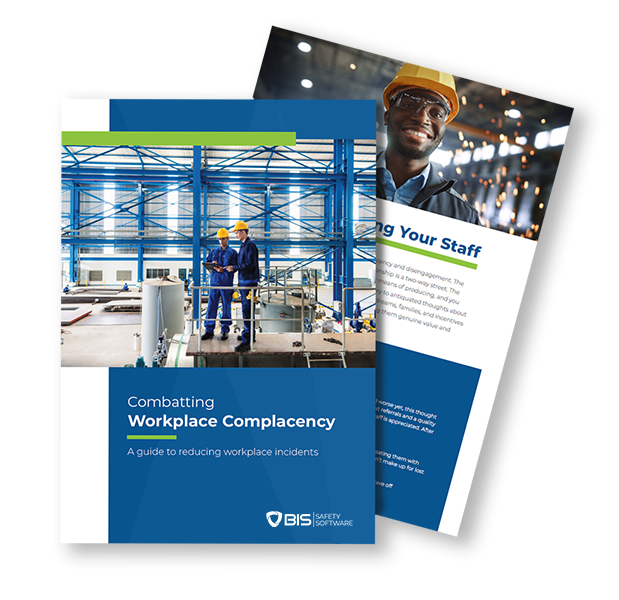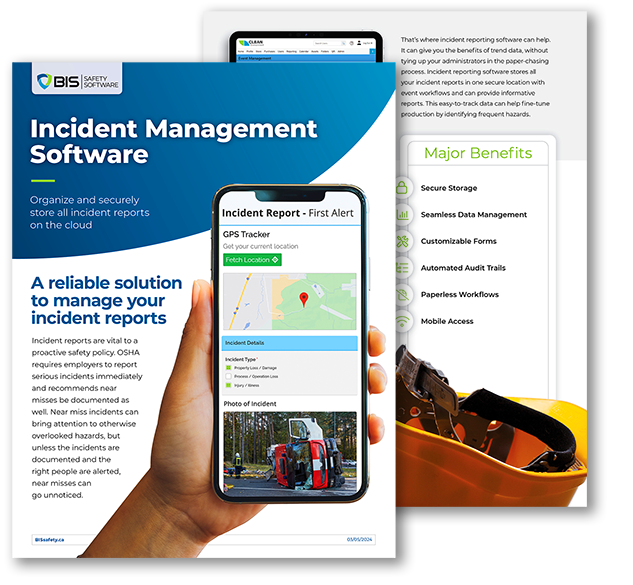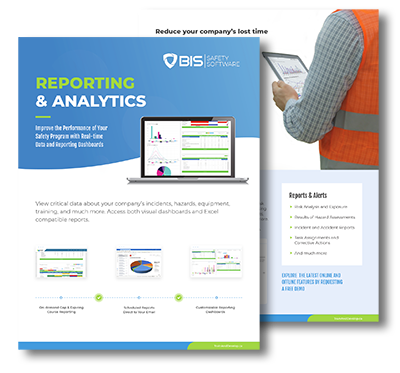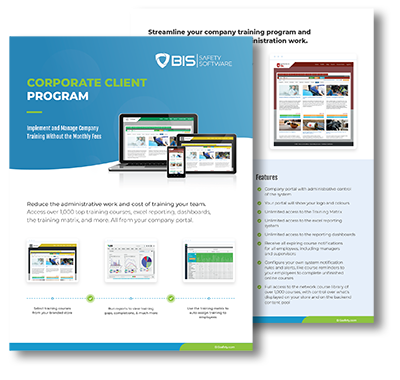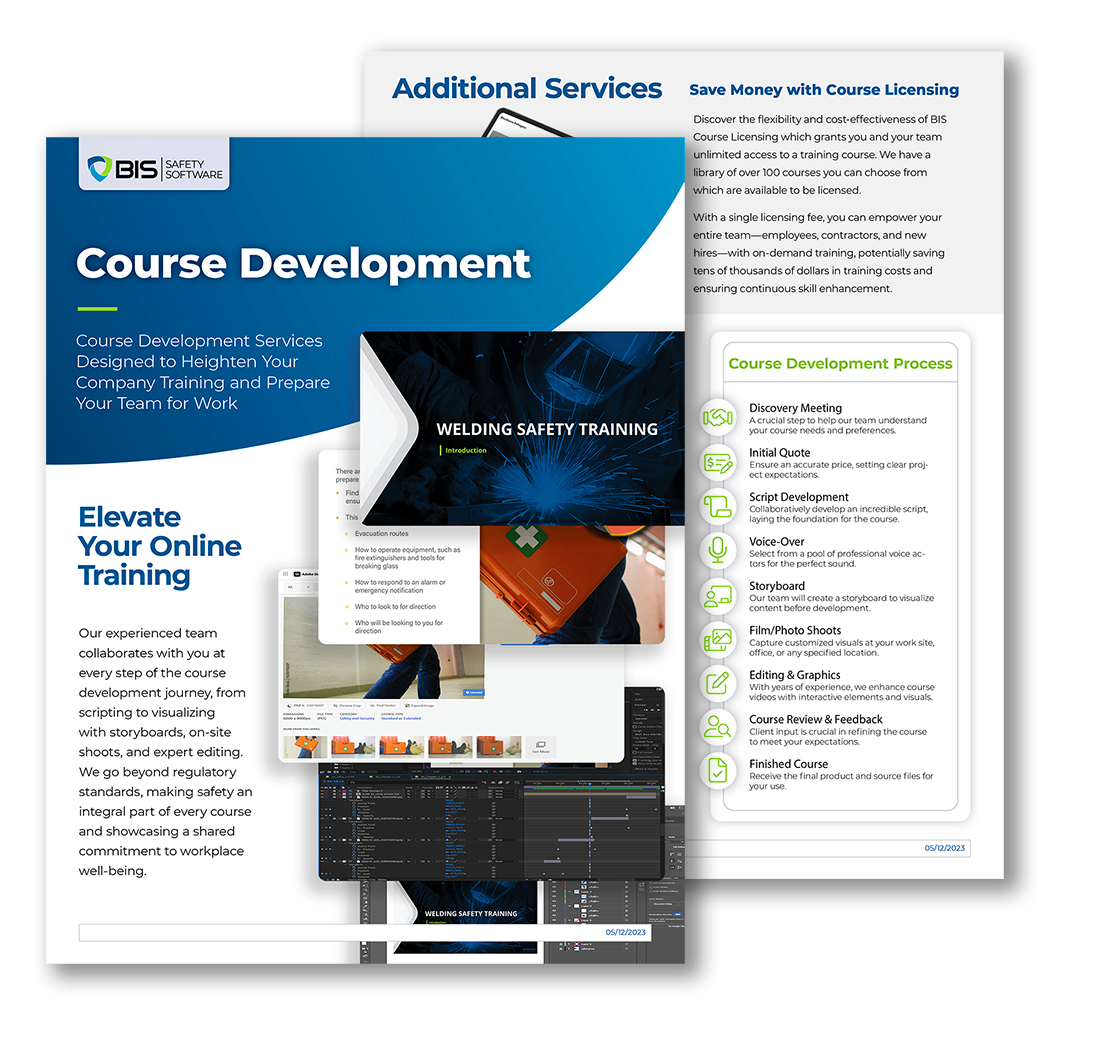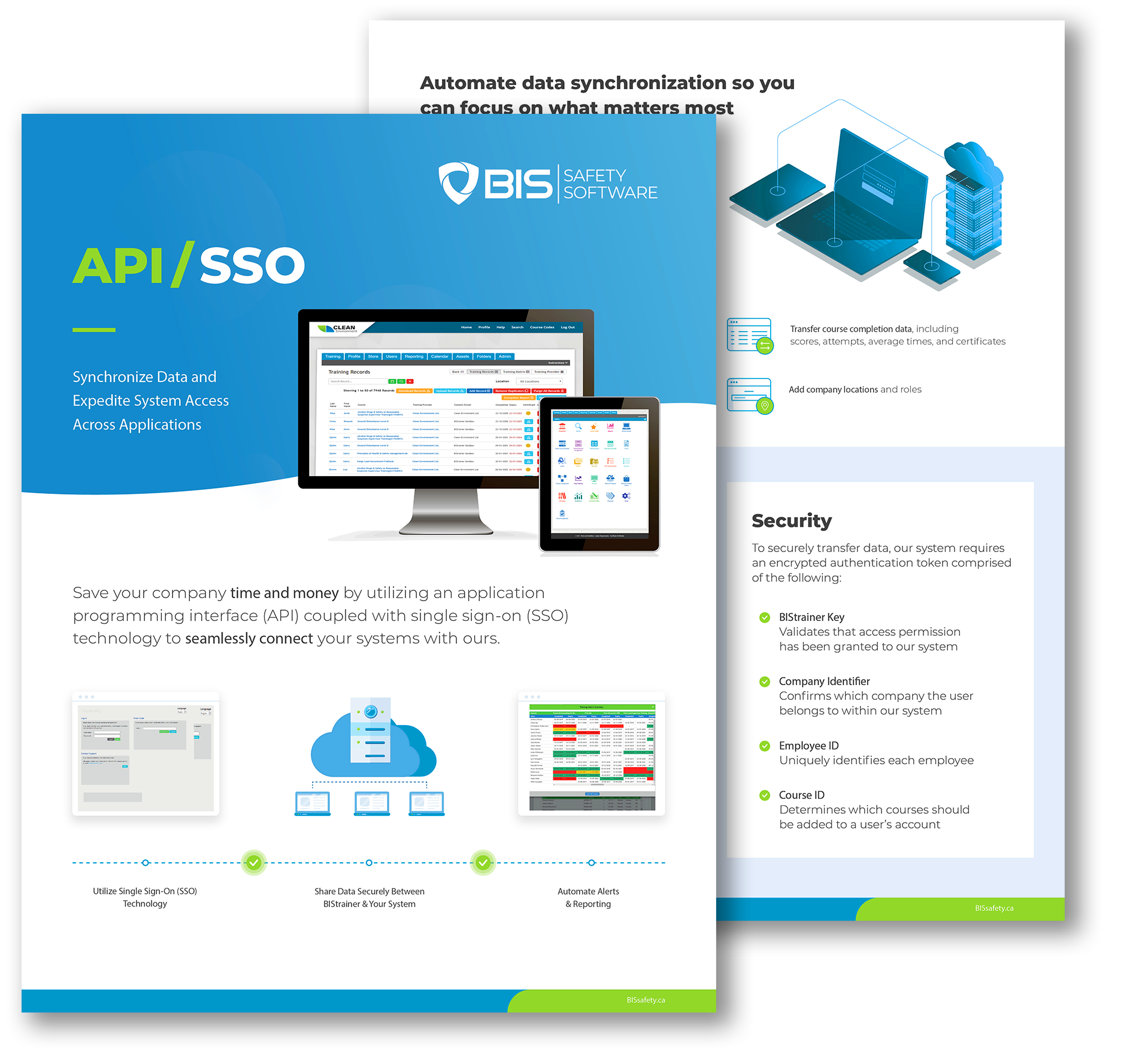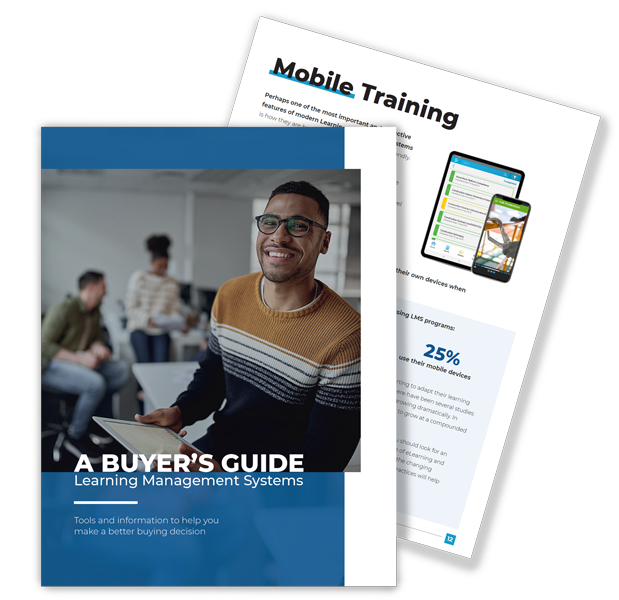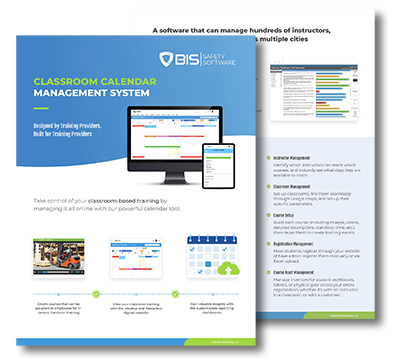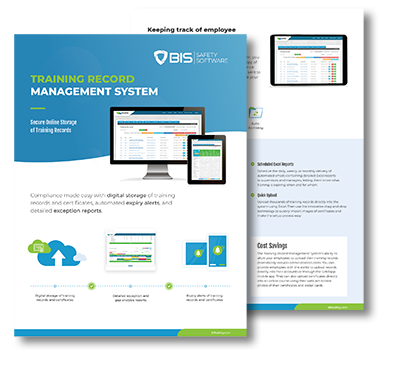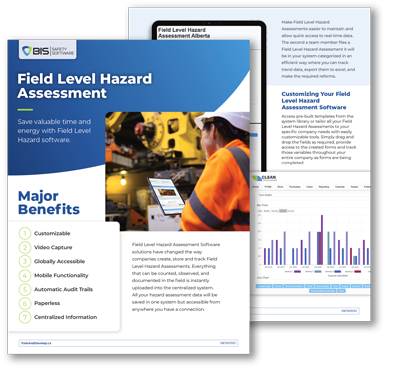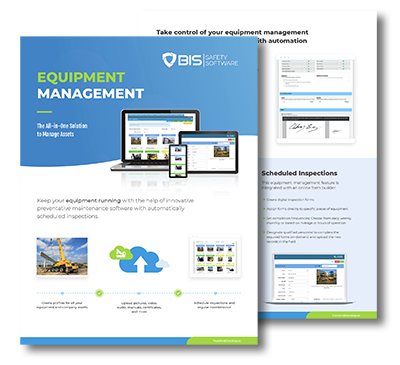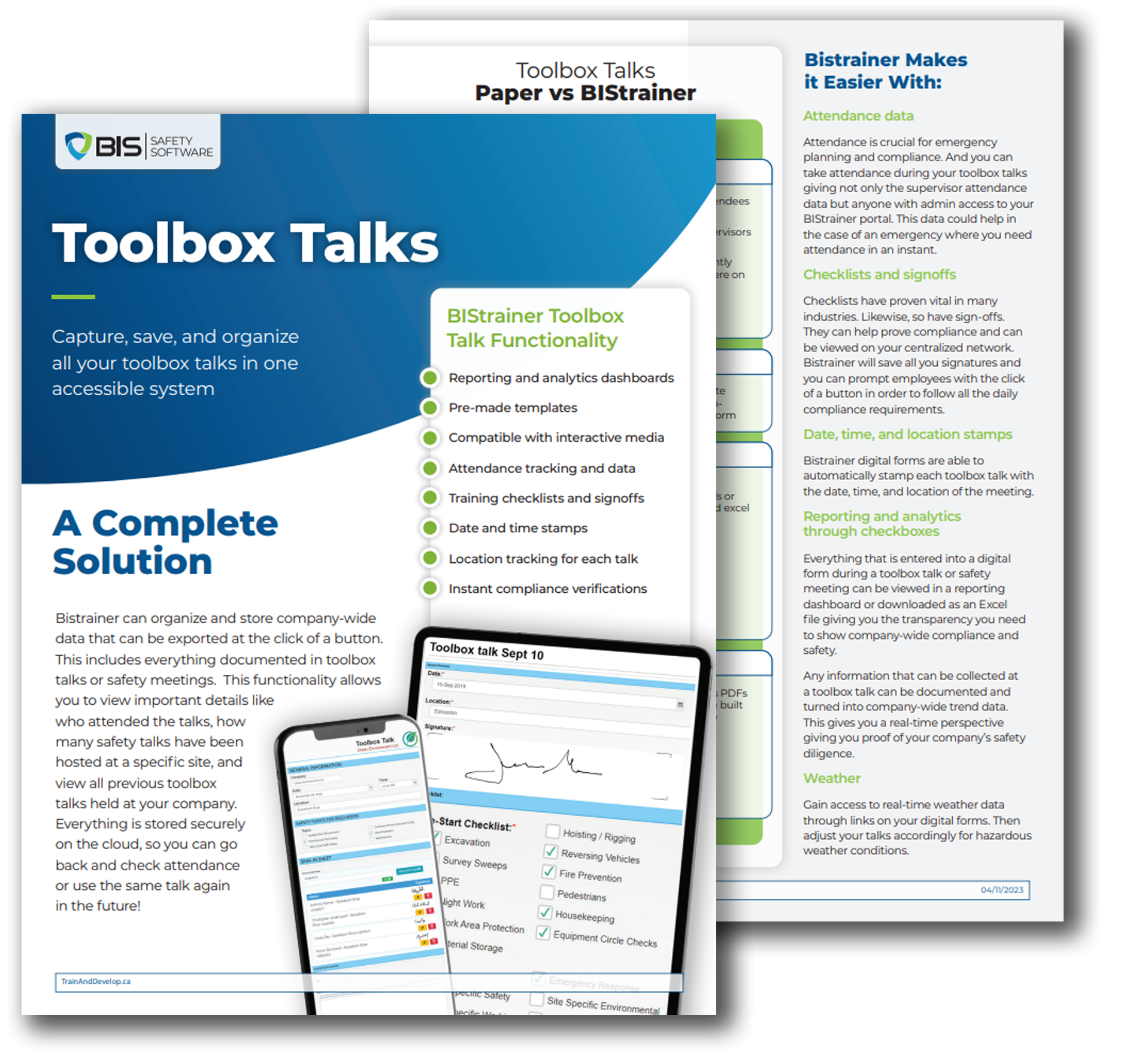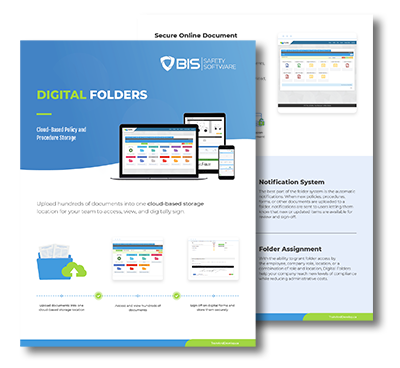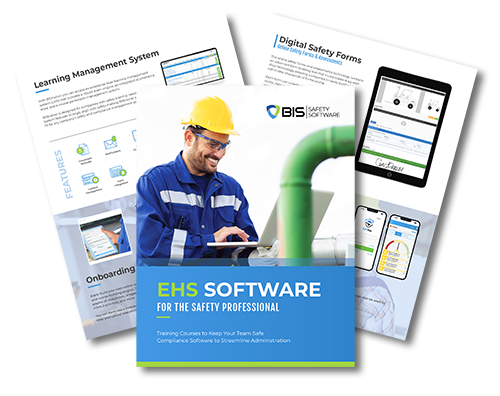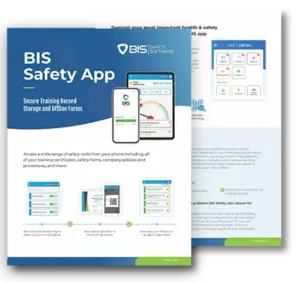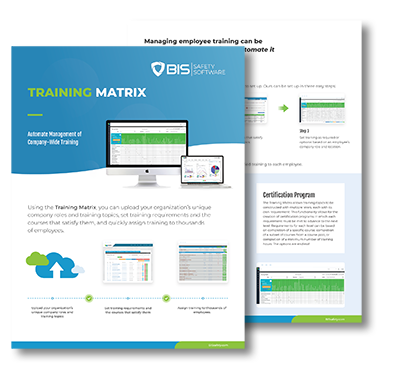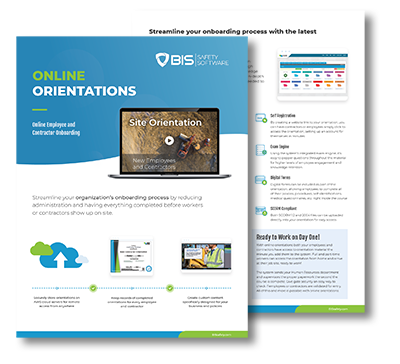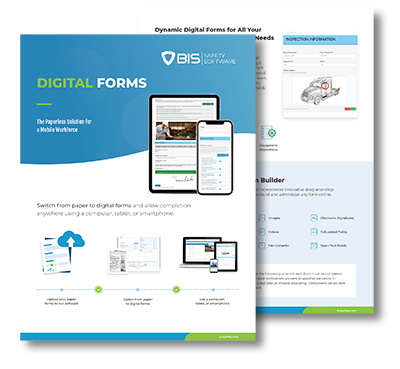The Best Way to Reduce Training Costs: Online Orientation Software

Looking to cut training expenses? Learn how Canadian organizations are using online orientation software to streamline onboarding, save money, and boost employee performance.
Dig Smart, Stay Safe: Utility Line Marking Essentials
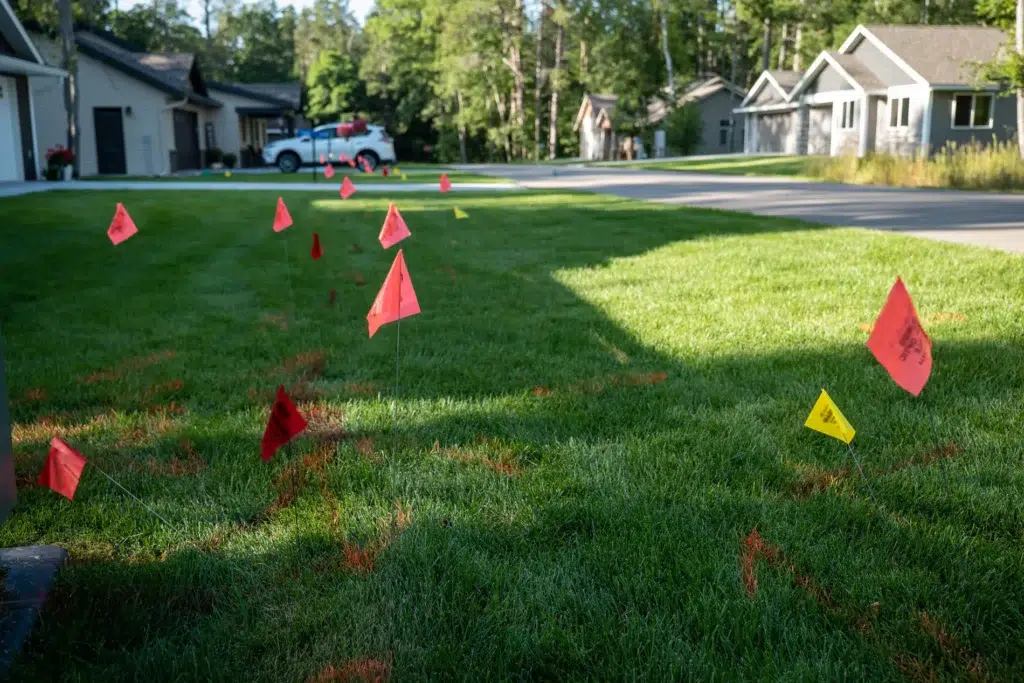
Safe excavation starts with utility line marking. This guide explains how locate requests, colour codes, and trained assessments prevent strikes, protect infrastructure, and keep crews safe on every project.
Excavator Safety Essentials for High-Risk Sites
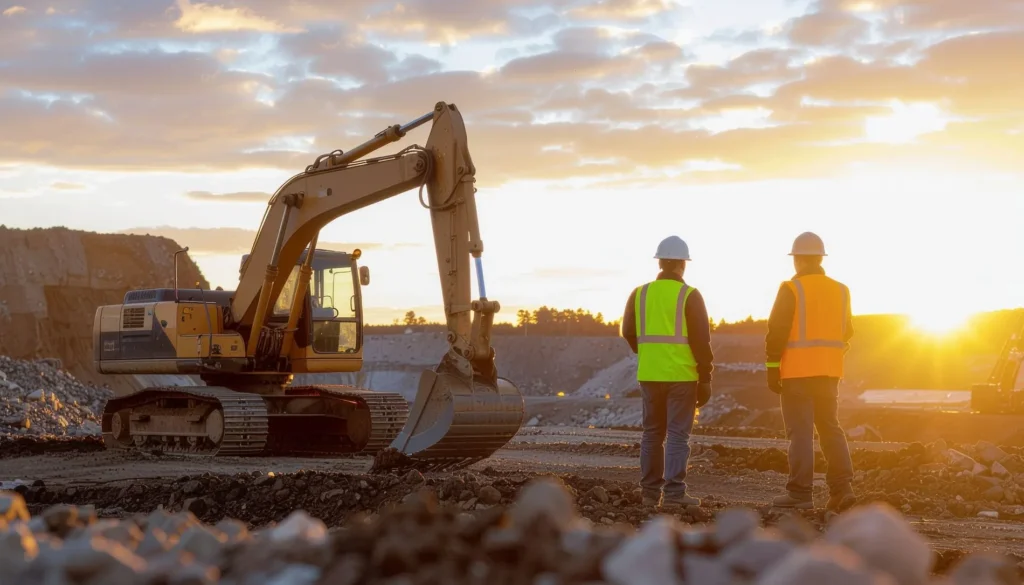
Excavators are powerful, but safe operation takes more than strength. From choosing the right machine to spotting hazards and reducing fatigue, safety is the real foundation.
Mould Hazards at Work: Signs, Risks, and Prevention Tips for Safety Leaders
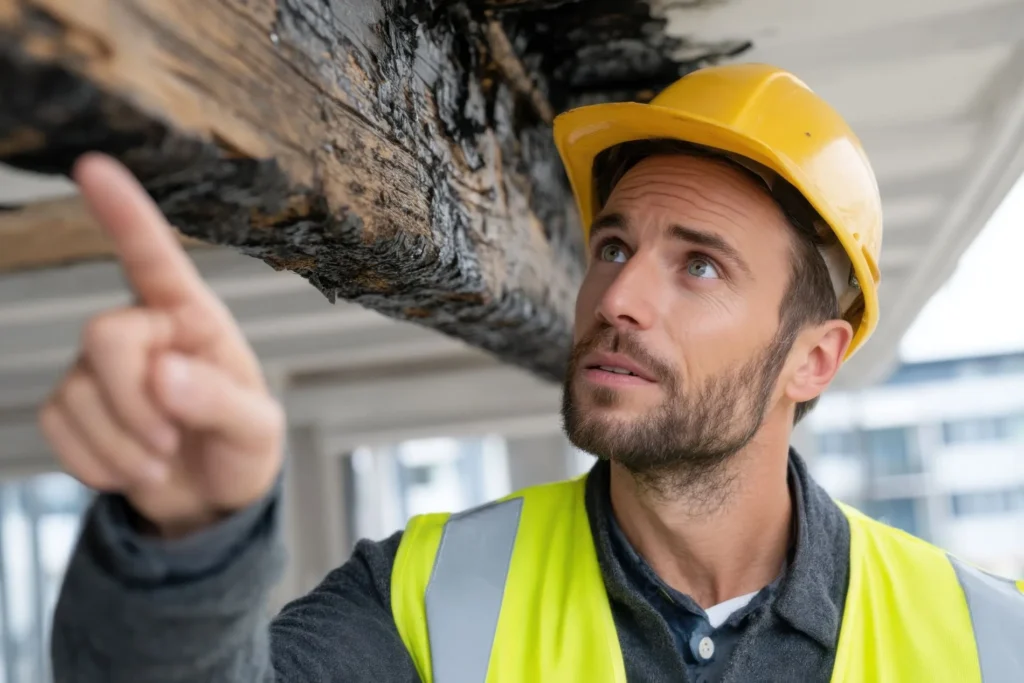
Mould hazards threaten safety, health, and productivity. Learn how to identify signs, control moisture, and prevent risks with proactive safety practices.
Scaffold Safety: How to Prevent Falls, Collapses, and Costly Mistakes

Scaffold safety training helps workers prevent falls, avoid collapses, and stay safe at height through inspections, awareness, and proper use.
Streamline Your Safety Program with Playbook Software

Playbook Software centralizes and standardizes safety procedures, policies, and response plans. Give your team instant access to the latest, most accurate information.
What’s the Secret to Getting Your Team on the Same Page About Safety?

Strong, accessible documentation is key to safer, more efficient worksites. Learn why it matters, where it fails, and how to build a system that works.
Greg Wooldridge: What Safety Culture Can Borrow from The Blue Angels

Greg Wooldridge shares how the Blue Angels’ debriefing and trust-driven approach can transform workplace safety, emphasizing daily reflection, accountability, and team cohesion.
From the Couch to the Plant Floor: Dr. Tom Krause on Looking Beyond Behaviour Based Safety
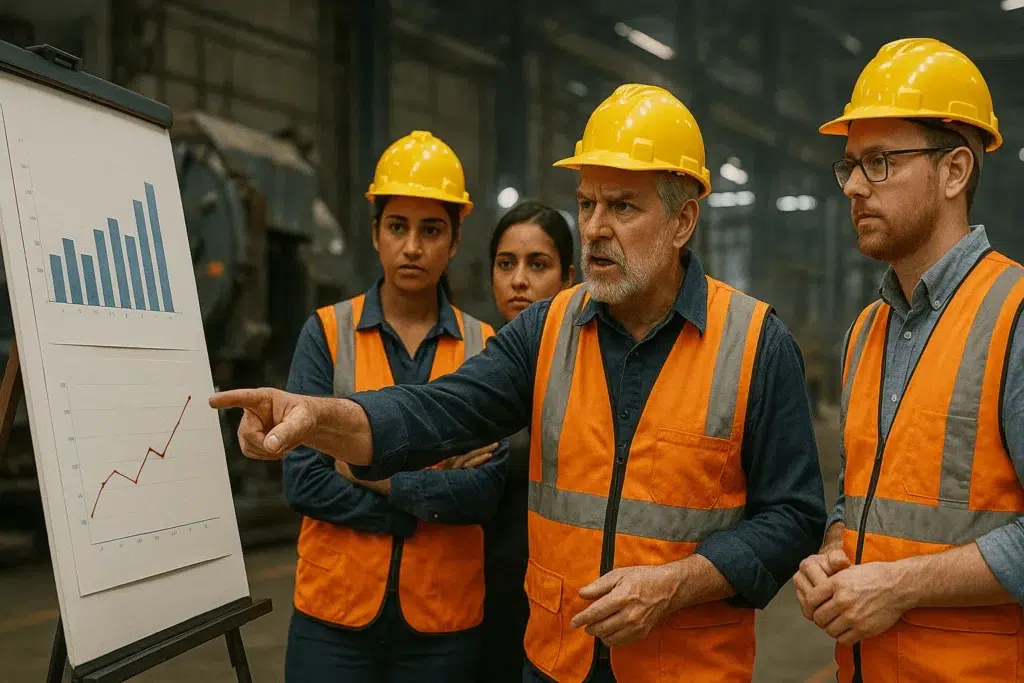
Dr. Tom Krause reveals why most behavior-based safety programs fall short and how analyzing context, not just behavior builds stronger, lasting safety culture.
What Biology Labs and Safety Culture Can Learn From Aviation: Luca Filippo’s Safety Journey

Safety culture in the workplace isn’t built on rules alone, it’s created when leaders model responsibility, inspire trust, and stop shortcuts before they spread.



